13th anniversary of Operation Storm
Today marks the 13th anniversary of Operation Storm that led to the exodus of over 200,000 Serbs from Croatia.
Monday, 04.08.2008.
09:27

Today marks the 13th anniversary of Operation Storm that led to the exodus of over 200,000 Serbs from Croatia. Storm began on August 4,1995 with an offensive by the Croatian army and police in the region of Banija, Lika, Kordun, and northern Dalmatia. 13th anniversary of Operation Storm A day later, the Croatian Army entered a practically deserted Knin and raised the Croatian flag. The number of victims during the operation has never been established. According to the Veritas Center for documentation and statistics, 1,900 Serbs either died or disappeared during Storm, while the Croatian Helsinki Committee for Human Rights claims that around 700 civilians perished during the operation. The 13th anniversary of the action was marked in Banja Luka by the lighting of candles in front of the Christ the Redeemer Church in a ceremony that will last two days. In Croatia meanwhile, the fall of Knin is celebrated as a national holiday, a day of victory and national thanksgiving, where the last sections of territory held by Serb military units were brought back under Croatian control. Since 2000, the day has been feted as Croatian Armed Forces Day. Top ranking state officials will gather today at the Knin fortress to kiss the flag, sing the national anthem, and speak of those days of pride and glory, reports B92’s correspondent from Zagreb. As with the other former Yugoslav republics, Croatia will not celebrate its victory by commemorating the other side’s civilian victims. The number of civilian victims on both the Croat and Serb sides has never been officially recorded, allowing politicians to manipulate the figures. The then Croatian authorities’ aim in 1995 was to drive the Serbs out of the region, which is currently being discussed at the Hague trial of Croatian Generals Gotovina, Markac and Cermak. Numerous methods were applied for driving out so-called undesirable minorities, from disinforming the Krajina population, countless murders of civilians that had stayed in their homes, and even possibly, an agreement between Zagreb and Belgrade. On its website, Amnesty International (AI) raises the possibility that the exodus of Serbs from Krajina was part of an agreement between then Yugoslav and Croatian Presidents Slobodan Milosevic and Franjo Tudjman. According to AI, the Serb population vanished from territory it had lived on for centuries in the space of just four days, an undertaking that would probably have been impossible without collusion between Belgrade and Zagreb that the crimes committed during Storm were only meant to “cement”. The changes in the region’s ethnic profile were supposed to be further facilitated through the settlement of 10,000 chiefly Bosnian Croats in abandoned Serbian flats and houses. After the operation, violence was carried out on returnees on a regular, even systematic, basis, with a view to putting off other potential returnees to the region. Evidence of this is that, according to figures from the Croatian Helsinki Committee, 24 Serb returnees were killed between 1996 and 1999. The missing (B92, archive)
13th anniversary of Operation Storm
A day later, the Croatian Army entered a practically deserted Knin and raised the Croatian flag. The number of victims during the operation has never been established.According to the Veritas Center for documentation and statistics, 1,900 Serbs either died or disappeared during Storm, while the Croatian Helsinki Committee for Human Rights claims that around 700 civilians perished during the operation.
The 13th anniversary of the action was marked in Banja Luka by the lighting of candles in front of the Christ the Redeemer Church in a ceremony that will last two days.
In Croatia meanwhile, the fall of Knin is celebrated as a national holiday, a day of victory and national thanksgiving, where the last sections of territory held by Serb military units were brought back under Croatian control. Since 2000, the day has been feted as Croatian Armed Forces Day.
Top ranking state officials will gather today at the Knin fortress to kiss the flag, sing the national anthem, and speak of those days of pride and glory, reports B92’s correspondent from Zagreb.
As with the other former Yugoslav republics, Croatia will not celebrate its victory by commemorating the other side’s civilian victims.
The number of civilian victims on both the Croat and Serb sides has never been officially recorded, allowing politicians to manipulate the figures.
The then Croatian authorities’ aim in 1995 was to drive the Serbs out of the region, which is currently being discussed at the Hague trial of Croatian Generals Gotovina, Markač and Čermak.
Numerous methods were applied for driving out so-called undesirable minorities, from disinforming the Krajina population, countless murders of civilians that had stayed in their homes, and even possibly, an agreement between Zagreb and Belgrade.
On its website, Amnesty International (AI) raises the possibility that the exodus of Serbs from Krajina was part of an agreement between then Yugoslav and Croatian Presidents Slobodan Milošević and Franjo Tuđman. According to AI, the Serb population vanished from territory it had lived on for centuries in the space of just four days, an undertaking that would probably have been impossible without collusion between Belgrade and Zagreb that the crimes committed during Storm were only meant to “cement”.
The changes in the region’s ethnic profile were supposed to be further facilitated through the settlement of 10,000 chiefly Bosnian Croats in abandoned Serbian flats and houses.
After the operation, violence was carried out on returnees on a regular, even systematic, basis, with a view to putting off other potential returnees to the region.
Evidence of this is that, according to figures from the Croatian Helsinki Committee, 24 Serb returnees were killed between 1996 and 1999.



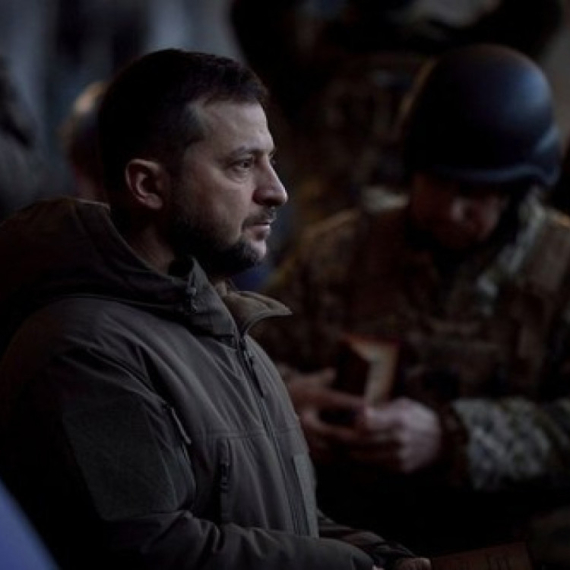







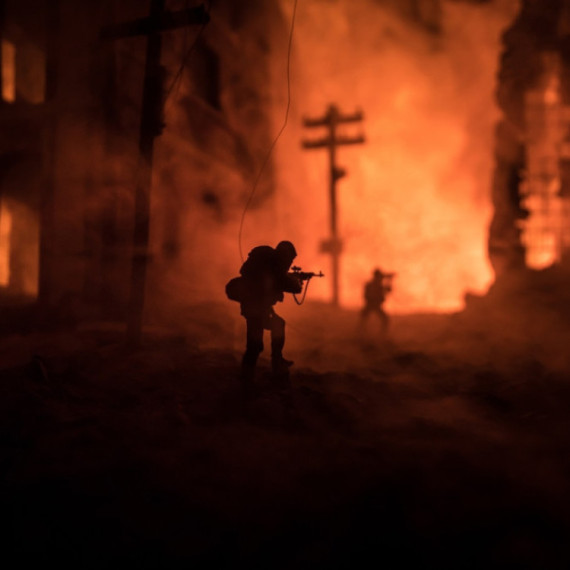
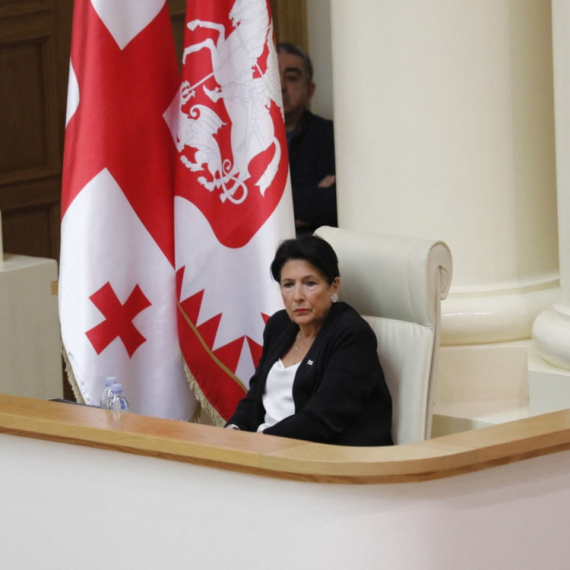
























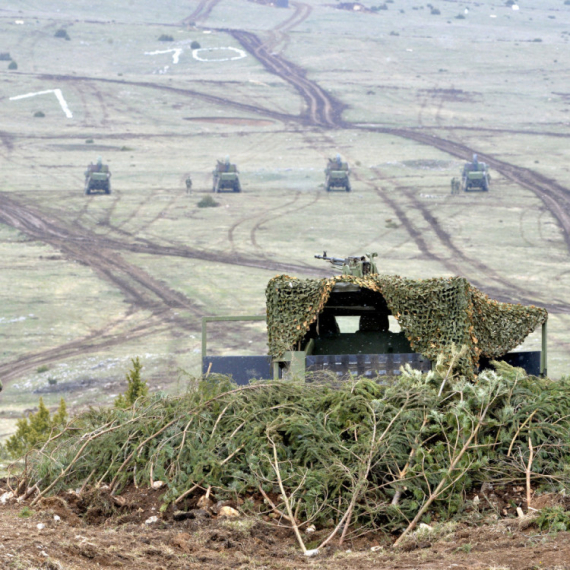
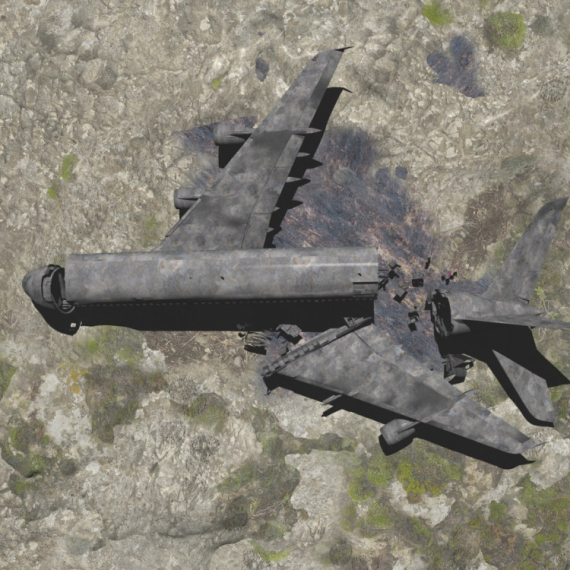
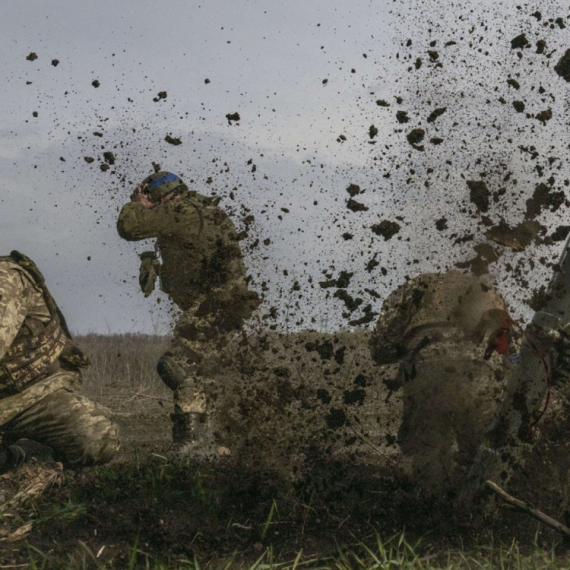
















Komentari 28
Pogledaj komentare